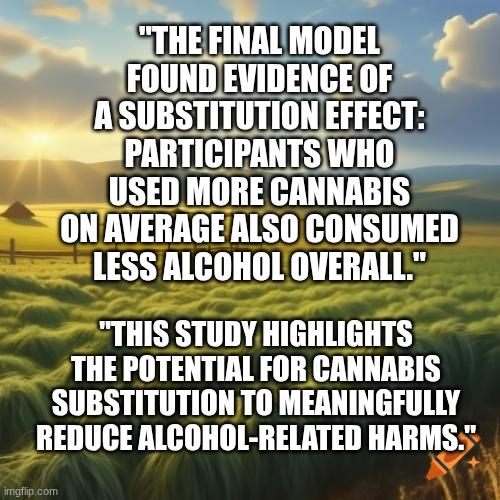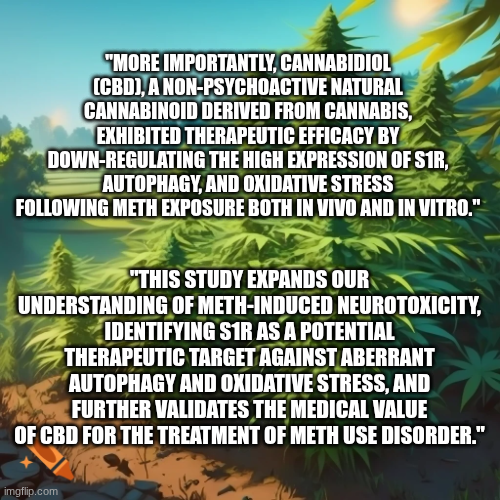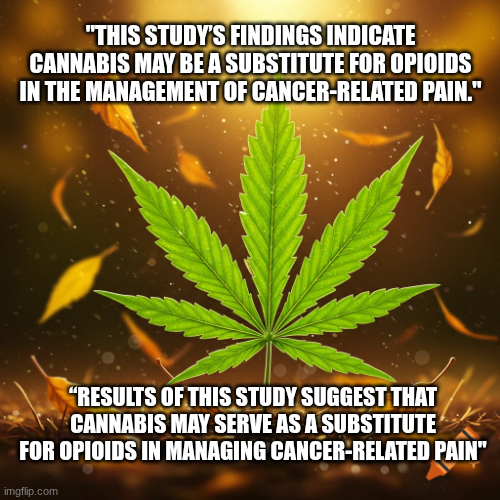
“Introduction: Managed Alcohol Programs (MAPs) provide beverage alcohol alongside housing and social supports to mitigate alcohol-related harms among individuals experiencing severe alcohol use disorder (AUD) and unstable housing. MAPs have been shown to stabilize alcohol use, reduce alcohol-related harms, improve quality of life, and decrease emergency service utilization. However, concerns about the long-term health risks associated with high levels of alcohol use have driven interest in cannabis substitution as an additional harm reduction strategy. Given the lower harm profile of cannabis, its integration into MAPs offers a promising avenue for further reducing alcohol-related harms. This study evaluates a novel cannabis substitution program within a Canadian MAP, leveraging the unique context of cannabis legalization and harm reduction programming.
Methods: Beginning in January 2023, participants (N = 35) were offered the choice of a pre-rolled cannabis joint or their prescribed alcohol dose multiple times per day. Data were drawn from five waves of quantitative surveys (January 2023 to February 2024; n = 20), two years of program records (January 2022 to February 2024; N = 35), and qualitative interviews (n = 14). Hierarchical mixed-effects models were used to predict alcohol use by cannabis use and time. Qualitative data were analyzed using interpretive description methodology.
Results: The final model found evidence of a substitution effect: participants who used more cannabis on average also consumed less alcohol overall. Specifically, each additional 0.4-gram joint consumed (approximately 15.2 standard THC units or 76 mg THC) was associated with an estimated 2.43 fewer mean daily standard drinks. Within-person cannabis use was not a significant predictor, indicating that short-term fluctuations in cannabis use were not associated with concurrent changes in alcohol consumption. Alcohol use also declined over time. Qualitative findings provide insights into the dynamic factors shaping drinking and cannabis use patterns.
Conclusion: This study highlights the potential for cannabis substitution to meaningfully reduce alcohol-related harms. Implications for program development and future research evaluating changes in health, wellbeing, and harm outcomes are discussed.”
https://pubmed.ncbi.nlm.nih.gov/41313909
“Emerging evidence suggests that cannabis substitution for alcohol may offer a promising approach to mitigating alcohol-related harms. Cannabis is associated with lower toxicity, fewer long-term health risks, and a lower likelihood of overdose compared to alcohol.”
https://www.sciencedirect.com/science/article/pii/S0955395925003792?via%3Dihub






